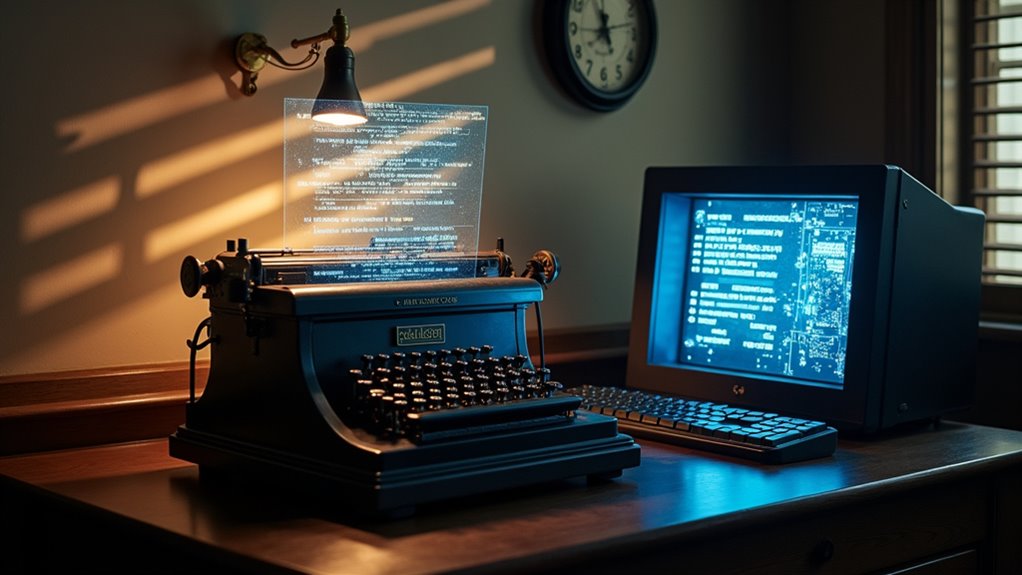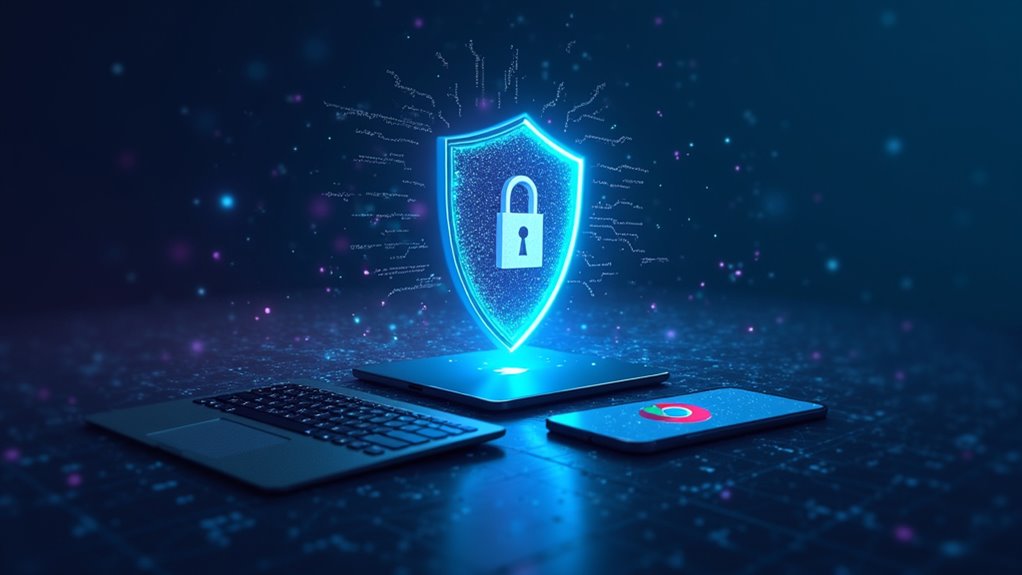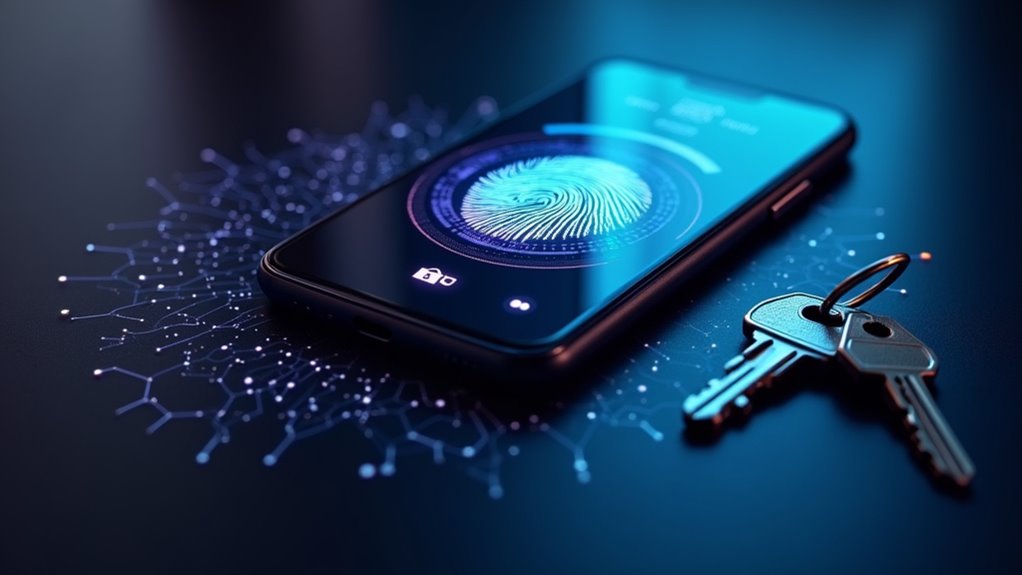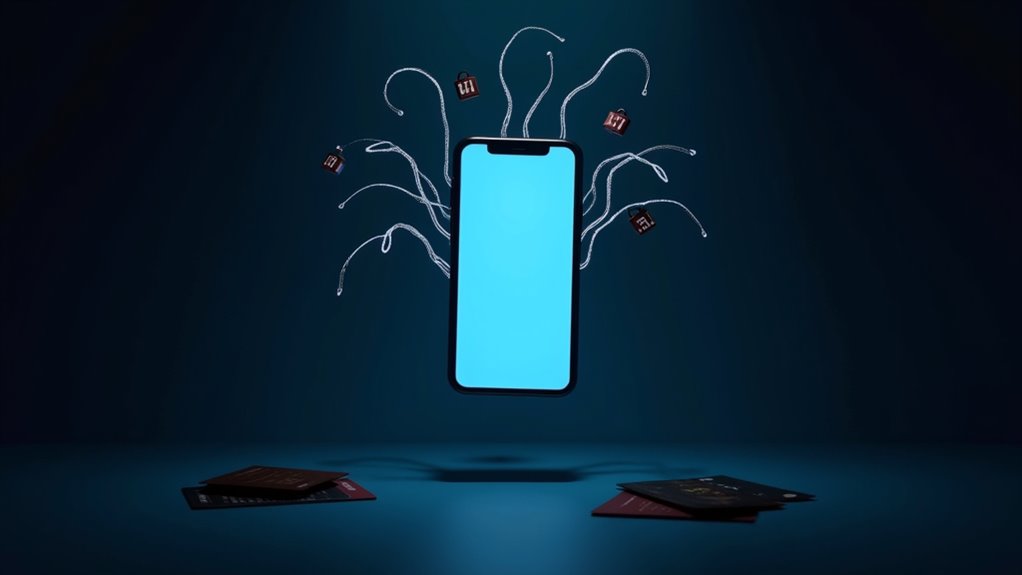AI treats WWII’s legendary Enigma code like yesterday’s Sudoku, revealing secrets in literal seconds—seriously, Alan Turing’s heroic feat now feels like a deleted Marvel montage. Forget months of rotor-spinning agony; AI just chews through billions of combinations, thanks to modern cloud servers and pattern-hunting algorithms. The implications? If history’s toughest cipher is toast, maybe your “super secure” password could use a rethink. Want to see what this means for your data and our digital world? Keep going.
Although World War II’s Enigma code once sent Allied cryptanalysts into fits of existential dread (and sleepless nights), today’s artificial intelligence cracks it like a walnut—no sweat, no drama. Back in the day, German forces trusted the Enigma machine to scramble their messages into an indecipherable soup. Rotors spun, wires tangled, and substitution tables twisted messages into cryptic riddles. Alan Turing and his crew at Bletchley Park? They sweated bullets just to get a foot in the door.
Let’s not sugarcoat it: breaking Enigma was a Herculean slog. Months—sometimes years—were gobbled up just to decode one day’s traffic. But thanks to Turing’s mathematical wizardry (and a few lucky breaks), the Allies finally started reading German mail as early as 1940. That’s right—secret Nazi plans, now available in paperback. [Turing’s invention of the Bombe machine, developed alongside Gordon Welchman, was a turning point that enabled code-breakers to systematically attack the seemingly impossible Enigma cipher.]
Cracking Enigma took months of sweat and luck—until Turing’s genius finally pried open the Nazis’ secret mail in 1940.
Fast-forward to today, and the story almost sounds like bad sci-fi. Modern AI systems, with their *thousands* of cloud servers and supercharged algorithms, can untangle Enigma messages in literal seconds. That’s not hyperbole. It’s a quantum leap from the days of elbow grease and black coffee. These machines train themselves on language patterns—think Grimm’s Fairy Tales and German telegrams—until they can spot a code’s weak spots faster than you can say “Bletchley.”
Here’s what makes it wild:
- AI analyzes billions of combinations in a blink.
- It spots language quirks and statistical blips like a digital Sherlock.
- The entire Enigma challenge now looks like a warm-up exercise.
But before anyone throws their hands up in defeat (or joy), let’s get real: if AI can crack WWII’s toughest code with a shrug, what about the stuff we use to keep our secrets safe today?
The implications for cybersecurity are huge. Privacy? Personal data? National security? All fair game for debate and concern.









